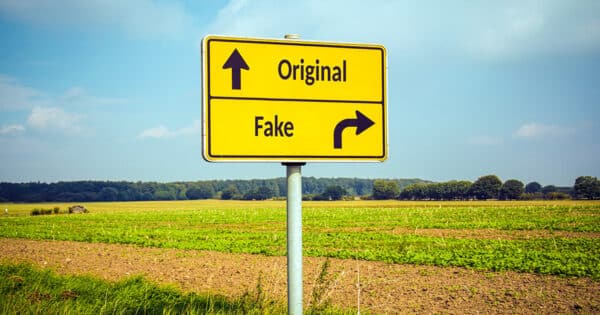In an attempt to help mitigate the reduced public transport capacity due to the Covid-19 social distancing rules, it became legal on Saturday 4 July 2020 to use E-Scooters on roads if they are obtained through a share scheme. This is initially thought to be a trial but it is hoped that this legislation can be expanded further to allow E-Scooters to become more commonplace.
Prior to this date using an E-Scooter in a public place was in fact illegal however, they could be purchased for use on private land.
If you are found to be using an E-Scooter in a public place which is not part of a share scheme you could have your E-Scooter confiscated, receive an on the spot fine and also have up to 6 points endorsed on your license.
The following rules apply to the legalisation of E-Scooters;
- The scooters will be limited to travelling at 15.5mph and will be banned on pavements;
- E-Scooter users must be aged 16 or over and hold a provisional or full driving license;
- The E-Scooters are currently classed as motor vehicles and will require insurance however, it is suggested that if these trials are successful insurance may not be required;
- They are classed at Motor Vehicles under the Road Traffic Act 1988 however, this is also expected to change if the trials are successful;
- A cycle helmet is recommended when using an E-Scooter but it is not mandatory.
It is great news that alternative transportation is being considered to help the UK through the challenges faced by social distancing. However, other road users must now remain even more vigilant to ensure that they are keeping a proper lookout for users of E-Scooters as well as the other vulnerable road users such as cyclists and motorcyclists. Car and Lorry drivers in particular must be very careful to keep an eye out for users of E-Scooters as they can travel at fairly high speeds and may be difficult to spot in certain situations.







